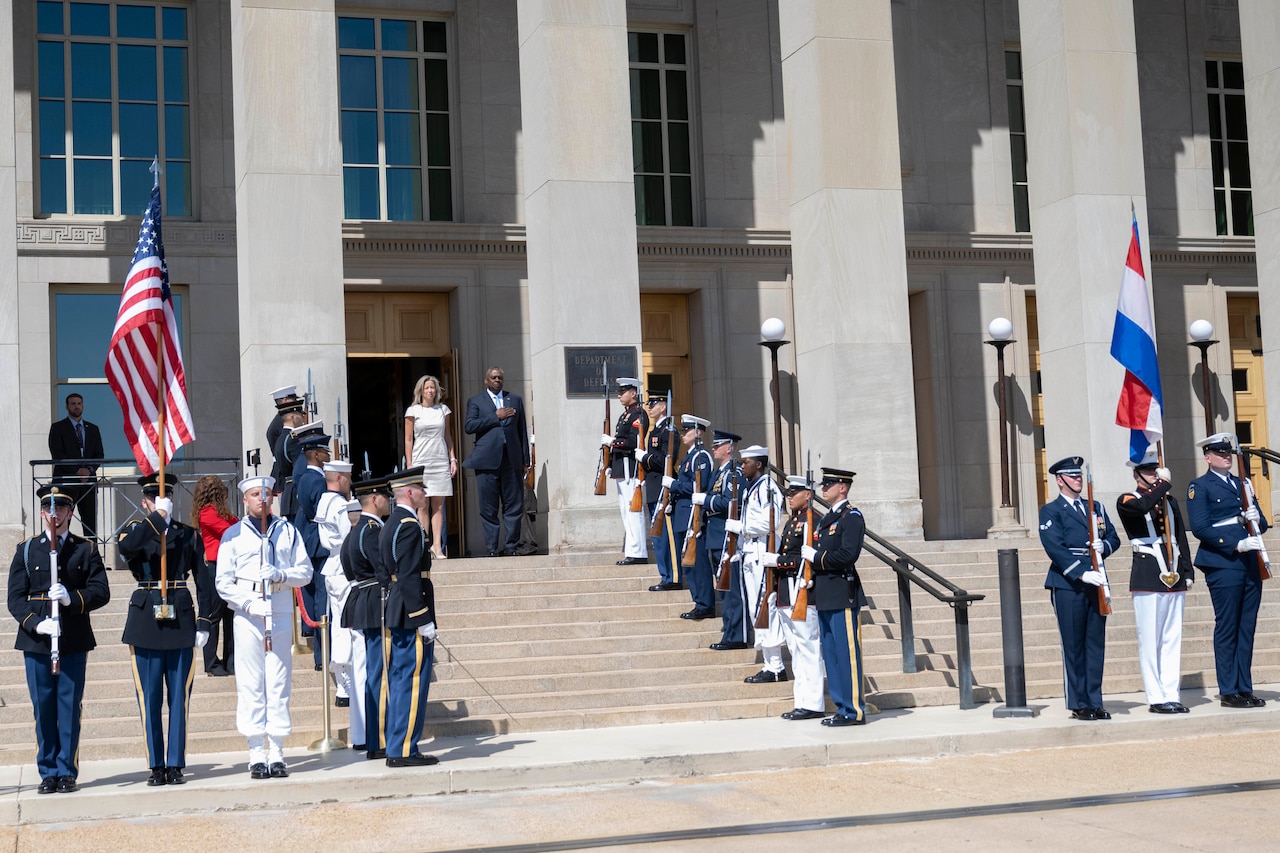:quality(70)/cloudfront-us-east-1.images.arcpublishing.com/mco/YNJRWNMSTVBT5BPQFZJZWAARRM.png)
[ad_1]

No veteran should die waiting for a kidney transplant. However, as of the July 4th weekend, there were 1,781 veterans across the United States on a waiting list. Sharyn Kreitzer is on a mission to eradicate the wait.
Three years ago, Kreitzer founded the nonprofit Donor Outreach for Veterans, or DOVE. Her mission is to locate living kidney donors for higher risk patients.
“When we tap into the communities, and all contribute to this life-saving mission — we can solve the organ shortage,” said Kreitzer.
The nonprofit is a very targeted niche in the vast transplant community network and targets only those seeking living-donor kidneys and only veteran recipients.
“It’s gratifying to support a deserving and special group of men and women who have sacrificed all for their country,” said Kreitzer.
Kreitzer, who worked for 25 years in the highly specialized transplant field, says that veterans have a higher rate of renal failure and an even worse rate of transplant availability. Worse, the current demand for living donors exceeds the supply.
The wait for a kidney
As a result, many veterans experiencing kidney failure have a 5 to 8 year wait in front of them, and many won’t survive waiting for a deceased donor. Adding to that, the transplant rate for veterans at Veterans Affairs hospitals is significantly lower than the comparative transplant rates at non-VA hospitals.
A living-donor kidney transplant is when a kidney from a living donor is removed and placed into a recipient whose kidneys no longer function properly. Only one donated kidney is needed to replace two failed kidneys, which makes living donor kidney transplant an alternative to deceased donor kidney transplant, per the Mayo Clinic.
Also, living donor kidney transplant is the preferred treatment for kidney failure and has a higher success rate than deceased donor transplant.
DOVE: Donor Outreach for Veterans
The crux is finding the living donors willing to help save a veteran’s life, then connecting them to the individual veteran and to the hospital, VA, or otherwise sanctioned facility that is ready to perform the transplant. Kreitzer feels the pool of living kidney donors remaining untapped.
So far, DOVE has been a success. Kreitzer has conducted over 500 donor intakes since January 2020. Many donors never served in the military but either come from military families or want to give back to veterans. Kreitzer likes to personally talk to each applicant herself and is hands-on throughout the process.
“I took a leap of faith and left a 20-year career in a hospital setting to launch DOVE,” says Kreitzer.
Kreitzer’s background in the VA’s transplant orbit is what planted the idea. In 2015, while working as an administrator at the Bronx VA, Kreitzer helped launch the seventh VA kidney transplant program. It was then that she learned of the crisis facing veterans with renal failure.
“I was dismayed when I saw the Veterans Administration did not have robust living donor programs,” said Kreitzer.
Expanding care for veterans
The VA recently expanded its live donor care and support, ruling that effective July 1, 2022, eligible veterans living beyond their particular VA Transplant Center radius can now seek care outside the VA system.
The VA had previously acknowledged that the distance to a transplant center may adversely impact access to transplant services and transplant outcomes. The recent change hopes to address that concern.
Travel for the initial and lengthy diagnosis, transplant candidacy screening, approval, and the actual transplant surgery and recovery, require enormous funds and practical support.
From 2020 to 2022, six known VA transplant centers performed living-donor kidney transplants, according to the United Network for Organ Sharing.
Kreitzer says she is excited to work with the VA and veterans to assist in finding donors.
DOVE: living kidney donation for veterans
DOVE and Kreitzer act as the veterans’ advocate. The organization functions as a matchmaker between donor and recipient.
She acknowledges that the veteran and military community is vast and is hoping to galvanize this potential in seeking both donors and funding.
The ability to personalize the gift of a donation to benefit a veteran opens a new of pool of donors who otherwise might have never considered it, says Kreitzer.
The general public, military family members and the veteran community are all potential donors. With command permission, even active-duty military can participate. The living donor cut-off date is variable but generally caps around 70 years old.
Living donors save lives
“I, too, am planning to be a kidney donor,” said Kreitzer.
She’s completed her medical evaluation, and the surgery is scheduled for August. She says she is somewhat scared but is confidently relying on emotional support and advice from prior donors.
The recovery process from being a donor is approximately six weeks to get on your feet if your job or life is active or physical or two weeks for those at a desk job or remote workers, says Kreitzer.
“I never served, but this feels like a way I can give back to those who have,” said Kreitzer.
[ad_2]
Source link

:quality(70)/cloudfront-us-east-1.images.arcpublishing.com/mco/T56ADX64ANDYNP5MWRKCULXRZA.jpg)



:quality(70)/cloudfront-us-east-1.images.arcpublishing.com/mco/QBYJTGYCQBHSVITAL32RAO7HAA.jpg)




:quality(70)/cloudfront-us-east-1.images.arcpublishing.com/mco/YVREBMCGTNFNTI6PSBKVQDR7CU.jpg)








